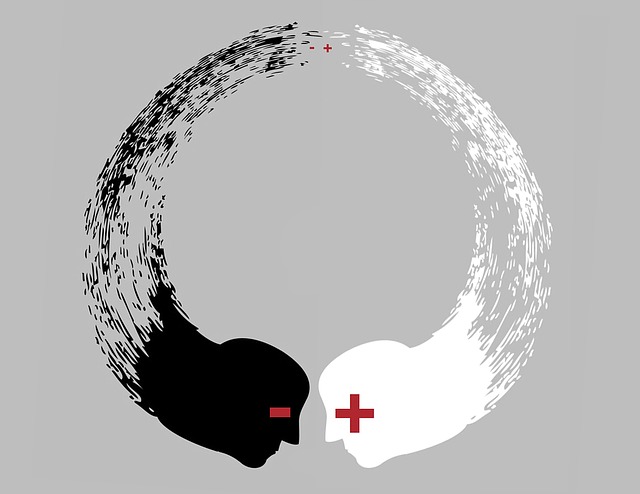In our leadership/management development workshops, my colleague and I often have participants identify what their staff say or do that annoys them. Then we ask them to think about what they say and do that would annoy their boss. They are frequently surprised that their staff’s words and actions often reflect their own annoying habits. They are surprised too that this process of using their staff as a mirror opens up the possibility of their being honest with themselves. So too, we can use our children as a mirror into our own behaviour.
Seeing our self in our children
When we look at our son or daughter, we might acknowledge that they regularly withhold information or only provide information that puts them in a good light – and we might think of them as deceitful. They might regularly lie to us or mislead us – and we might think of them as dishonest. They might never clean their room or leave things lying around the house for us to trip over – and we might think of them as thoughtless. They might throw tantrums or angry fits when they don’t get their way – we might think of them as manipulative. They might be self-absorbed, ignoring your needs at any point in time – we might think of them as inconsiderate. They might carry grudges or disappointment for a very long time – we might think of them as resentful. They might accuse us of something they do themselves – we might think of them as incongruous.
Whatever negative characteristics we attribute to our children can serve as a mirror into our own words and behaviour – as reflecting who we really are. Often our self-reflection is full of “shoulds” and self-deception as we hide our real self behind a mask. Again, we may judge others by their actions and ourselves by our intentions, rather than by what we say and do.
It is a revealing and challenging reflection to apply the negative attributes that we ascribe to our children to our own self. We could ask our self for instance, “In what way do my words and behaviour in my relationships show that I am deceitful, dishonest, thoughtless, manipulative, inconsiderate, resentful or incongruous?” The adjectives themselves carry such negative connotations that we are reluctant to ascribe them to ourselves, yet we might ascribe them to our children. Facing up to the reality of ourselves as both meeting our own expectations and falling short is very challenging – but it is the road to an open heart and all the happiness and effectiveness that this portends.
Extending the reflection – looking deeper into the mirror
It is challenging enough to acknowledge our own negative attributes; it is even more challenging to extend the reflection to look at how our words and actions impact or shape the words and behaviour of our children. We can readily deny that we have influence, either directly or indirectly, on what they say or do, but we are part of their learning environment – an influential force in shaping their character for life. Owning up to this impact takes considerable courage, insight and self-awareness.
However, whatever negative traits we attribute to our self through this reflective exercise does not define who we are – we are much more than the sum of these negative attributes. We have to move beyond the shame we feel (with the self-realisation from this reflection), to the genuine exploration of our inner depth and extend self-forgiveness and loving kindness to our self as we move forward.
As we grow in mindfulness, through meditation and reflection on seeing our self in our children, we can progressively overcome our self-deception, develop inner awareness, build understanding and tolerance and develop an open heart. We need to nurture ourselves through self-forgiveness and loving kindness if we are going to be able to deal with the emerging self-awareness.
____________________________________________
Image by Alexandr Ivanov from Pixabay
By Ron Passfield – Copyright (Creative Commons license, Attribution–Non Commercial–No Derivatives)
Disclosure: If you purchase a product through this site, I may earn a commission which will help to pay for the site, the associated Meetup group and the resources to support the blog.









